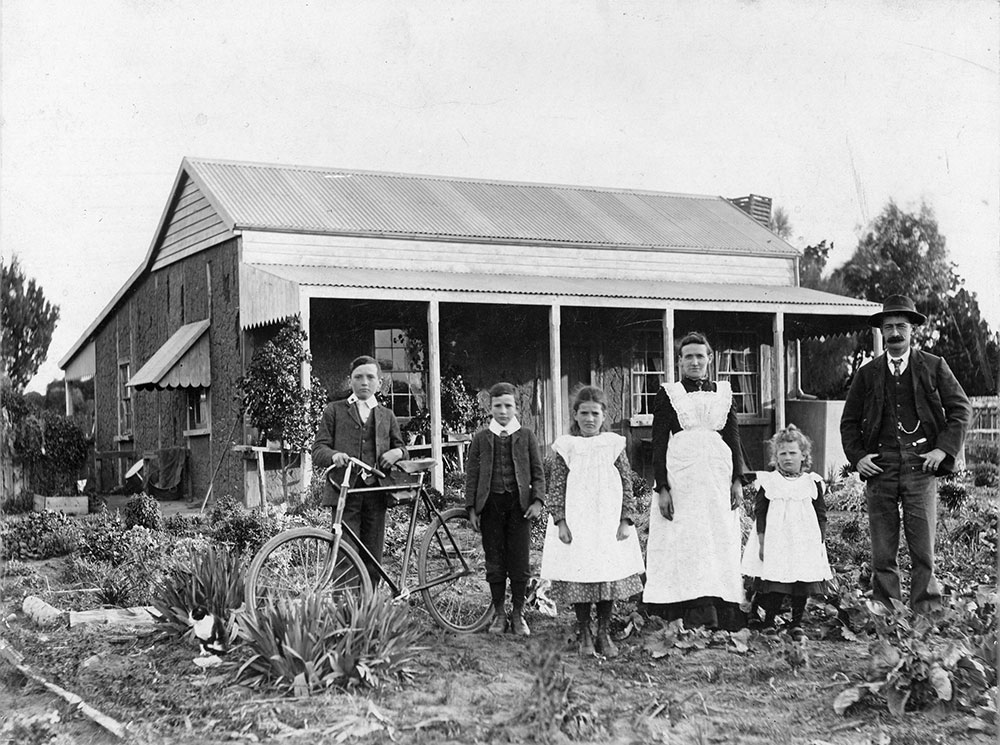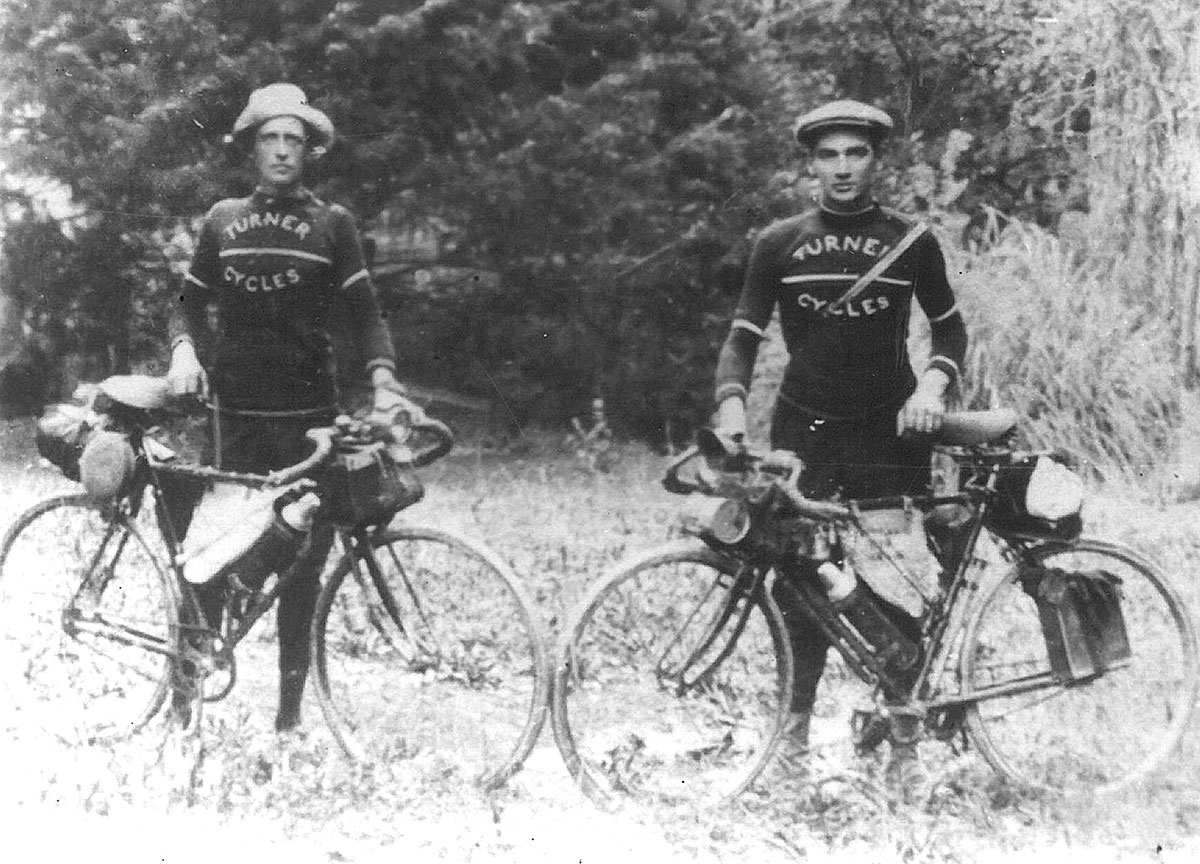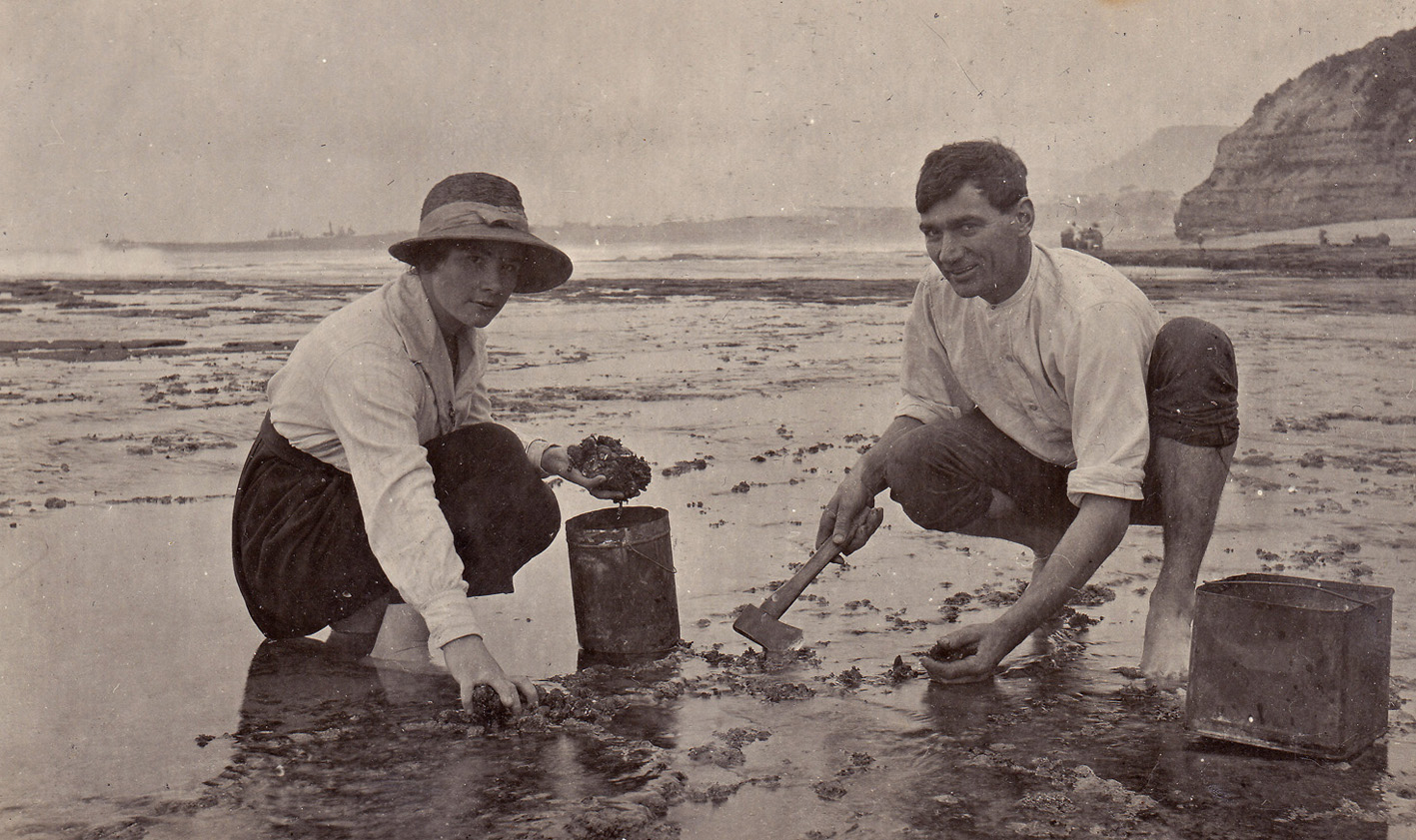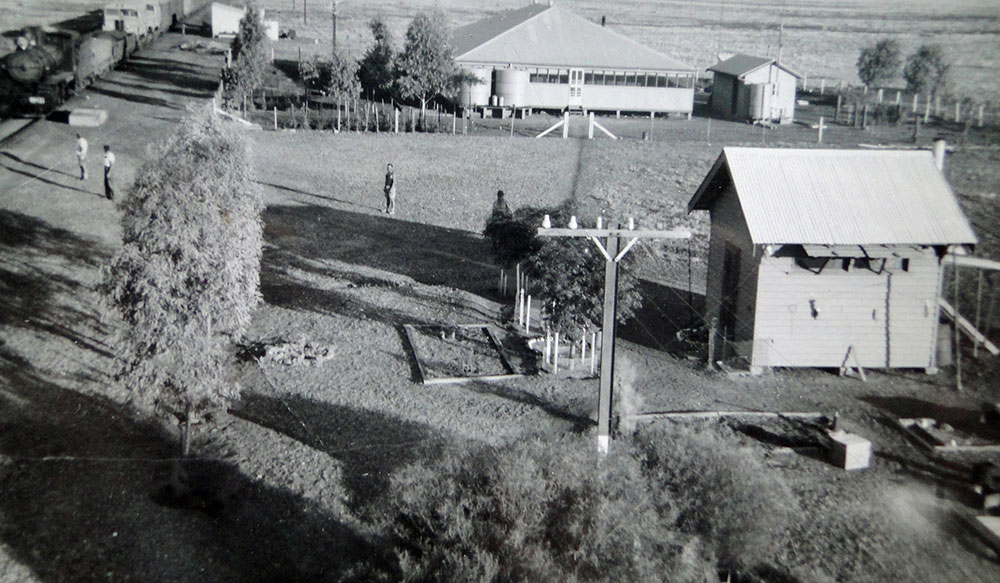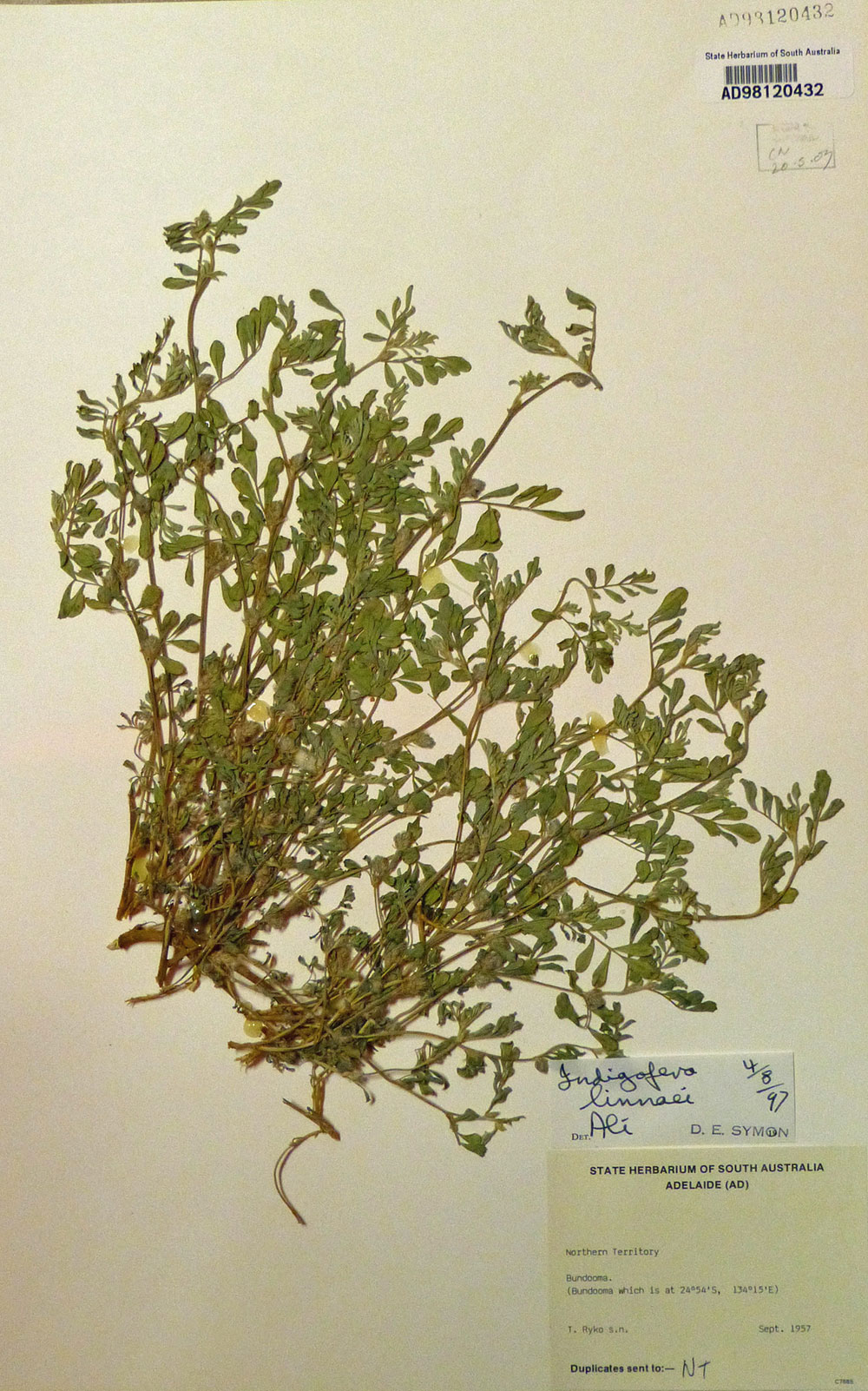Biography of Ted Ryko -
A Northern Territory Icon
Edward Reichenbach (aka Ted Ryko) (1892–1968) was raised near the small pastoral town of Nhill, north-west Victoria, and as a young man, became a budding photographer, storyteller and avid cyclist. Ted, a second generation Australian of German descent, was the eldest in an Orthodox Lutheran family.
Although hardworking, he rejected farm life, much to his family’s disappointment. At age 14, he moved to Hamilton and was employed as a traveling mechanic in his uncle’s engineering firm. Later, he travelled large distances across the countryside by bicycle, on his own, servicing agricultural machinery.
Ted had great ambitions. In 1914 at age 21, Ted and friend Jack Fahey attempted to set a new cycling record across the ‘dead heart’ of Australia from Adelaide to Darwin. However, about a third of the way into the ride, Jack was injured and had to withdraw. Ted continued alone setting a new record of 28 days and 7 minutes for the 3000 km journey; a record that still stands for the route he took. He was to be the last of the ‘Overlanders’.
To make a living in the cultural melting-pot of Darwin, Ted set up a shop and sold ‘real life’ postcards derived from his images, the subjects of which took him to all corners of the Top End. During these adventures, he encountered townspeople, pioneers, pearlers, aboriginal groups, buffalo hunters, crocodile shooters, missionaries, mercenaries, misfits and murderers.
Ted was a skilled outdoor photographer. Fortunately, hundreds of his photographs still exist, providing valuable documentation of the Top End of the Northern Territory and its people in the period 1914–17. Ted was a dramatist, storyteller, intrepid traveller and promoter of cultural equality; he was enigmatic, comedic, heroic and irreverent. Ted Ryko is regarded by many as a Northern Territory icon.
When WW1 erupted, Ted became caught up in a maelstrom of bigotry and paranoia in a increasingly difficult political and social landscape, suffering prejudice directed at himself and others around him. He was accused of being a German spy and endured the humiliation of surveillance and interrogation by the Authorities. However, he controversially wrote newspaper articles and employed his unique form of photographic storytelling to expose injustice. He sought to give outsiders – those who were misrepresented and under-represented – a voice and public platform.
In March 1917, Ted caught a steamer out of Darwin and travelled via Papua New Guinea to Sydney then onto Melbourne and back to his home town of Nhill. He toured country Victoria with a ‘Win the War’ candidate, addressing gatherings about the Northern Territory. Later he visited Queensland then settled in Sydney. Although the circumstances are shrouded in mystery, his flat was raided and all of his photographs were stolen. Ted was devastated.
In 1920, Ted married Irene (Rene) Watson. Together they had two children; the first child, Edward dying after just 2 days and Uranus (known as Robert), born in 1922. Times got tough with the onset of the depression in 1929, and Ted’s father helped by paying rent for the young family. However, when Robert was about 10, Ted and Irene separated.
Around 1940, as WW2 was raging, Ted headed north again, now working for the Commonwealth Railways at Katherine River. He shifted south to the Finke River, then to Ilbunga and Bundooma, where he was the mechanic and pumper supplying water for the famous steam train, ‘The Ghan’. In 1944, with servicemen being deployed for the War, there were 247 trains running per week. It is a reasonable conjecture that Ted’s choice to live in such isolated places may have resulted from his desire to avoid the surveillance pressures he had experienced during WW1.
During these ‘desert’ years Ted put together a vast collection of plant specimens. There is a large collection (375) lodged at the Adelaide herbarium and smaller numbers at the Melbourne, Sydney, Western Australia and Northern Territory herbaria.
When he retired from the Railways in 1957 he was diagnosed with Parkinson’s disease. He first spent some time with old mates and family in Central Australia then returned to the family in Nhill, where he lived with siblings on family properties, Glenlee, and later, Forest Home. He died in 1968.
